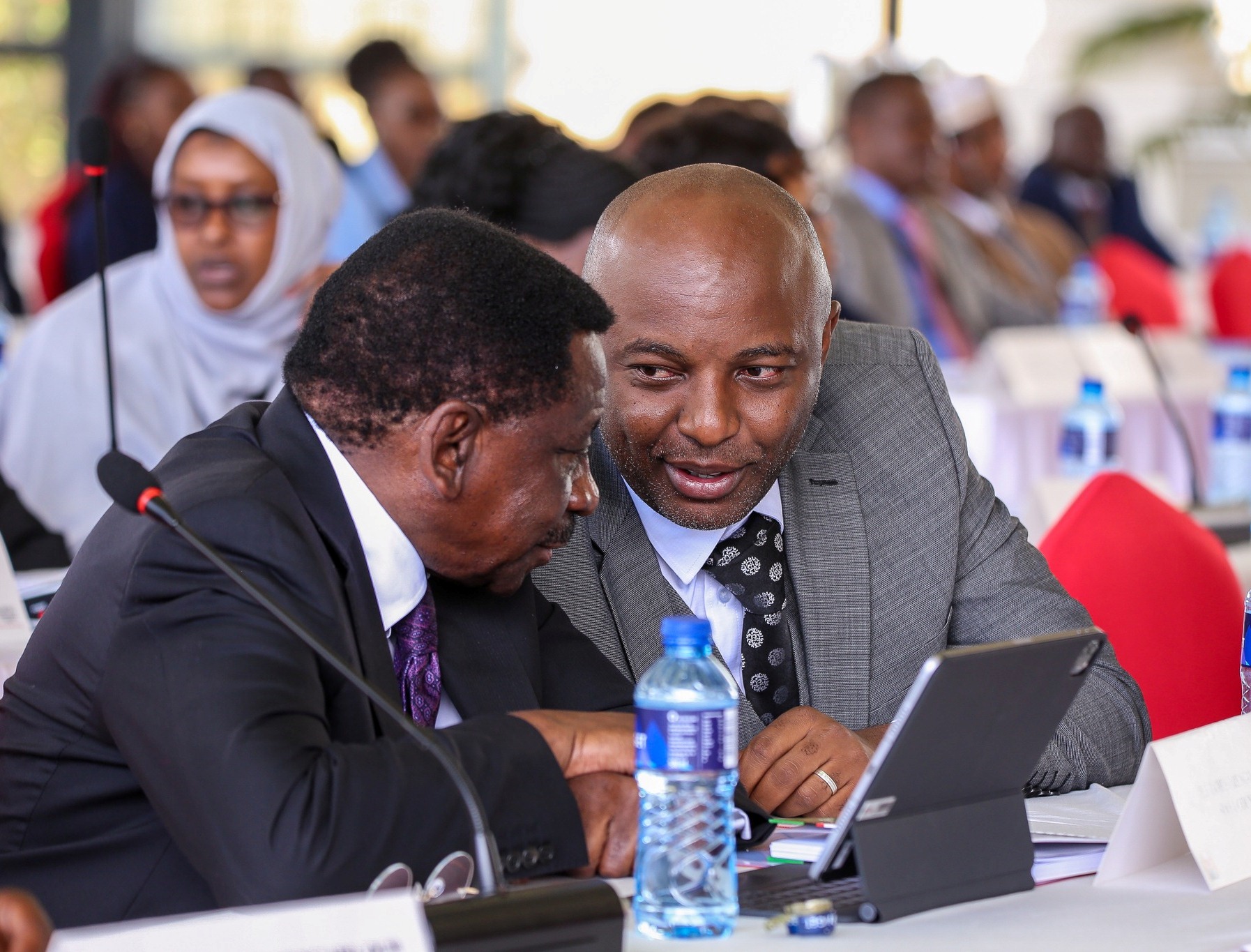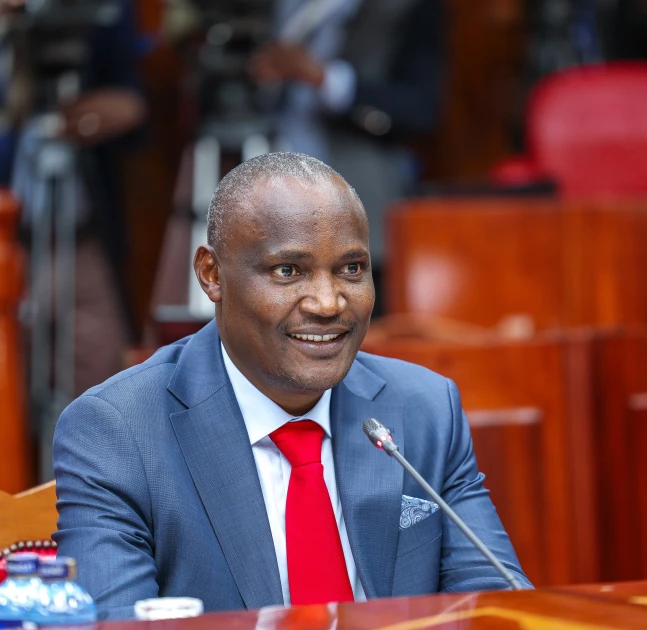By TWV Political Desk
In a dramatic twist in Kenya’s political theatre, the Orange Democratic Movement (ODM), led by former Prime Minister Raila Odinga, has locked horns with the Independent Electoral and Boundaries Commission (IEBC) over the replacement of National Treasury Cabinet Secretary John Mbadi in the National Assembly.
To unlock the full article:
Choose one of the options below:
- Ksh 10 – This article only
- Ksh 300 – Monthly subscription
- Ksh 2340 – Yearly subscription (10% off)
The party’s vehement protest, articulated in a sharply worded letter from Secretary General Edwin Sifuna to IEBC Chair Erastus Ethekon, demands the de-gazettement of Harold Kipchumba as Mbadi’s successor and the nomination of youthful loyalist John Ketora instead. This clash, rooted in legal interpretations and political strategy, exposes the intricate dance of power, representation, and constitutional fidelity in Kenya’s democracy.
The crux of ODM’s grievance lies in the IEBC’s decision to nominate Kipchumba, listed under the Persons with Disabilities (PWD) category, to replace Mbadi, who was nominated as a workers’ representative. Citing Article 90 and 97(1)(c) of the Kenyan Constitution, alongside Section 37(1) of the Elections Act, ODM argues that the law mandates the replacement of a nominee with the next candidate of the same gender and category from the party’s list.
“Mr John Ketora is the next in line in our party list in the category of workers and the same gender,” Sifuna asserted in a letter. The party insists that Ketora, a rising star and President of the ODM Youth League, is the rightful heir to Mbadi’s seat, not Kipchumba.
This dispute is not merely a legal quibble; it is a high-stakes political manoeuvre. The nomination of Kipchumba, celebrated as a win for PWD representation, has ruffled feathers within ODM’s ranks, particularly among its Youth League, which has lobbied fiercely for Ketora’s elevation. The youth wing sees Ketora’s potential nomination as a chance to amplify their voice in Parliament, a strategic move to bolster ODM’s appeal among younger voters. By contrast, Kipchumba’s appointment, while advancing disability inclusion, is perceived as sidelining the party’s internal priorities.
The tension underscores a broader struggle within ODM to balance diverse representation with loyalty and political ambition. The IEBC, for its part, defends its decision, pointing to a special Gazette Notice dated 22 July 2025, which reallocated ten special seats in the National Assembly and various county assemblies. Chair Ethekon stated that the reallocations followed the priority order of nominees submitted by parties during the 2022 General Election, in line with Article 90 and Section 37(1) of the Elections Act.
The Commission also cited the need to correct “inconsistencies” in party lists, a vague justification that has only fuelled ODM’s ire. The reallocation included nine other changes at the county level, affecting counties like Garissa, Murang’a, and Kakamega, reflecting the complexity of balancing youth, PWD, minority groups, and gender top-up lists.
Adding intrigue to the saga is Kipchumba’s own history. In 2017, he sued the IEBC and former nominated Senator Gertrude Musuruve, claiming he was overlooked for a Senate seat reserved for PWD representation. The electoral body’s decision to prioritise a Jubilee Party nominee and then Musuruve, a female PWD candidate, was seen as an effort to meet constitutional gender balance requirements. Should Kipchumba’s current nomination be revoked, he would face what ODM’s critics call “double jeopardy”, a poignant reminder of the high stakes in Kenya’s nomination battles.
This showdown raises profound questions about the interpretation of Kenya’s electoral laws and the delicate balance of representation in a diverse nation. Is the IEBC’s approach a pragmatic effort to address historical imbalances, or does it flout the letter of the law as ODM contends? And what does this mean for the aspirations of groups like the ODM Youth League, who see Ketora as a beacon of their ambitions?
As the IEBC mulls ODM’s demand, the nation watches closely. The outcome will not only determine who takes Mbadi’s seat but also set a precedent for how Kenya navigates the intersection of constitutional mandates, political strategy, and inclusive representation.
For now, the stage is set for a legal and political tug-of-war that could reshape the contours of ODM’s influence and Kenya’s parliamentary landscape.
[/full]




